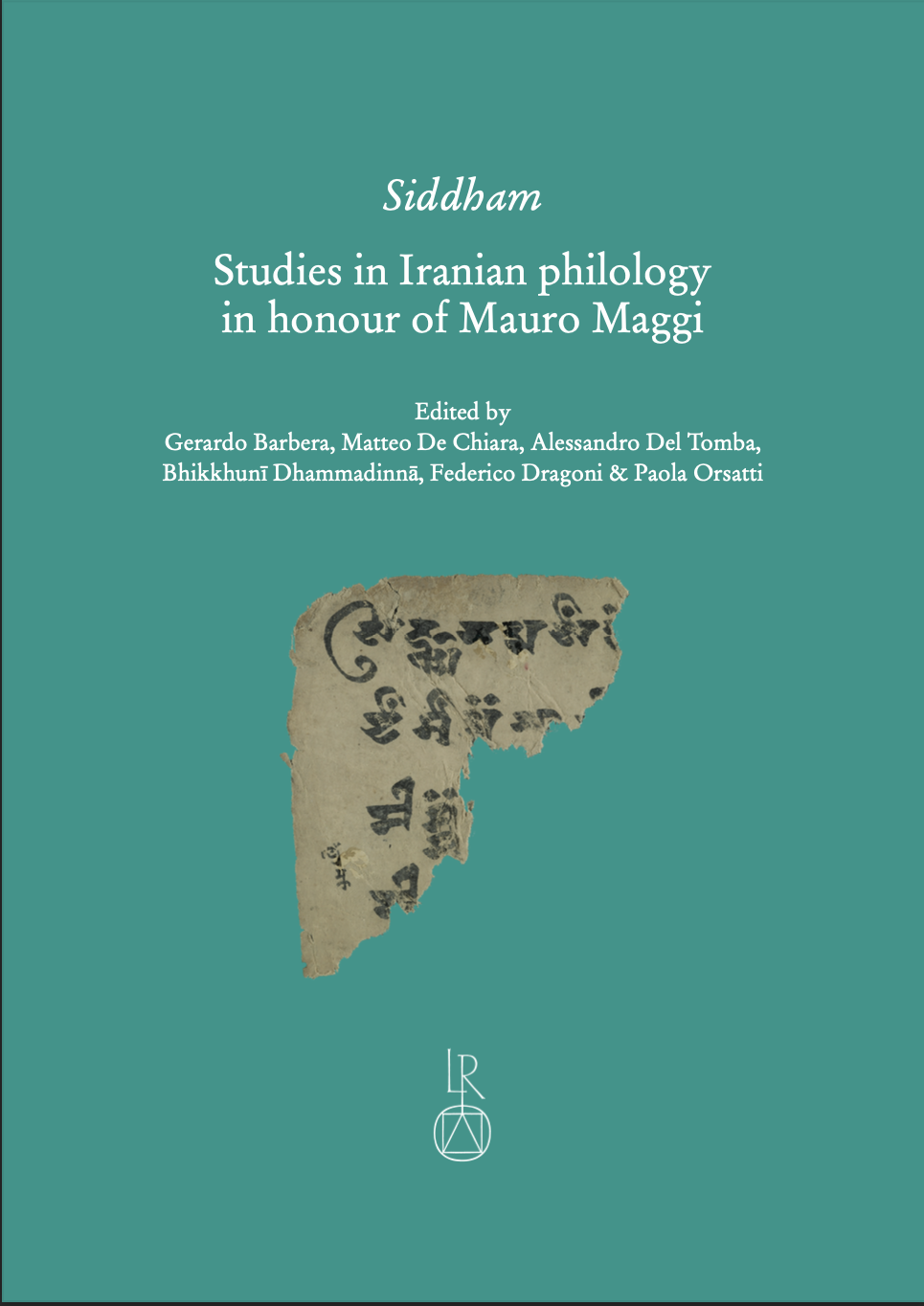“It is, monks, just as if there was a cloth that was stained and stale, [and] a dyer were to dip it in some dye or other, whether blue or yellow or red or crimson. Its colour would be truly badly dyed, its colour would be truly impure. Why is that? It is because of the impurity of the cloth, monks. In just the same way, monks, when the mind is stained, a bad destiny is to be expected. Suppose, monks, there was a cloth that was pure and bright, and a dyer were to dip it in some dye or other, whether blue or yellow or red or crimson. Its colour would be truly well-dyed, its colour would be truly pure. Why is that? It is because of the purity of the cloth, monks. In just the same way, monks, when the mind is undefiled, a happy destiny is to be expected.”
– The Buddha
I have many fond memories reading Buddhist Studies at SOAS University of London. One of those memories was studying the history of Buddhist diffusion along the oasis kingdoms of the medieval Silk Road in Central Asia. Apart from my main thesis (which was eventually published in South Asia: Journal of South Asian Studies), I tried my hand at an independent research project about the Buddhist culture of Khotan, which is these days Hetian in China.
This enigmatic kingdom, long lost to the sands of Xinjiang, represented a unique synthesis of early Buddhist textual transmission and Mahayana belief (in the form of revering the bodhisattva path). The subject of Khotan was also Ven. Bhikkhuni Dhammadinna’s PhD thesis. She is not only a meditation teacher and retreat guide, but maintains a keen interest in philology, translation, and critical history. In 2010 (coincidentally, the same year I began my Buddhist Studies), Ven. Dhammadinna finished her doctorate with the International Research Institute for Advanced Buddhology at Soka University, in Tokyo (previously, she had been studying at University of Naples ‘L’Orientale’). The dissertation addresses the Book of Zambasta, a Buddhist poem that is one of the most unique and precious texts of pre-Islamic Central Asia.

The Book is the longest indigenous literary composition in the Khotanese language (and played a crucial role in the decipherment of Khotanese), but also the earliest Khotanese book about Buddhism. It also is a rich mine of textual evidence concerning the evolution and synthesis of early Buddhism and the formative phases of Mahayana belief. This synthesis would have been a hot subject of discussion and debate among monastics travelling to and from, or resident at, Khotan in the 5th and 6th centuries.
Ven. Dhammadinna has maintained her long interest in the Book of Zambasta, having been an editor to a recent academic volume titled, Siddham, Studies in Iranian philology in honour of Mauro Maggi (2024). She also contributed an article to the book: “The simile of the cloth and the king’s attainment of anulomikakṣānti in Book of Zambasta 5.86.” In her article, Ven. Dhammadinna highlights a verse in the 5th chapter of the Book, which features a simile on the dying of a cloth. This simile is present in the earliest textual traditions of the Pali canon.

She points out that while the Pali tradition is not directly related to the recension of the corpus associated with the scriptural transmission in Khotanese monastic institutions, the simile and its associated Indic word “rrahamua” in the verse provides a valuable “glimpse of the Indian canonical materials and lexicon underlying the early Khotanese reception of Buddhist terminology.” (144) The verse (Z 5.86) therefore has implications for the soteriological doctrine of the Book, and therefore the doctrinal positioning of the 5th chapter in the largely Mahayana doctrinal framework of the Book.
As co-founder of the Agama Research Group, a collective of estimable scholars working on Buddhism, Ven. Dhammadinna’s research also encompasses the early Buddhist discourses and Vinaya texts, as well as the development of the theories, practices and ideologies of Buddhist meditative traditions. She is at once a Theravada nun and a specialist in some of the most important fields of Buddhist Studies, including Indo-Iranian philology, Tibetology, Indology. She is in some ways a scholarly heir to the Italian school of Buddhist Studies (which includes scholarly names like Giuseppe Tucci and Mauro Maggi).
Most importantly of all, she embodies the path and life of an academic who also has fully committed to the monastic path of old, which is the deepest expression of contemplation in the Buddhist doctrines.
Reference
Bhikkhunī Dhammadinnā. 2024. “The simile of the cloth and the king’s attainment of anulomikakṣānti in Book of Zambasta 5.86”, in Gerardo Barbera, Matteo De Chiara, Alessandro Del Tomba, Bhikkhunī Dhammadinnā, Federico Dragoni and Paola Orsatti (ed.), Siddham, Studies in Iranian philology in honour of Mauro Maggi, Wiesbaden: Dr. Ludwig Reichert Verlag. 139–157.
Related blog posts from BDG
The TLKY International Conference 2021 Interview Series – Ven. Bhikkhuni Dhammadinna


